There are few things as impressive as a well-crafted wildlife photo. A vivid image of a wild animal can appear so phenomenally lifelike it can feel like the creature is right in front of you. It can be intimidating to think of all the things that need to come together in order to snap a genuinely great wildlife photo. The camera settings, what gear you need, and honestly, where do you even find all these animals? Well, let's break down a few things to help get you started in the wild world of wildlife photography.
Where are all the animals?
This may be an unsatisfying answer, but it depends on your location. Unfortunately, we can't pinpoint every spot in the province where you will be able to find wildlife, but we can give you clues on what to search for!
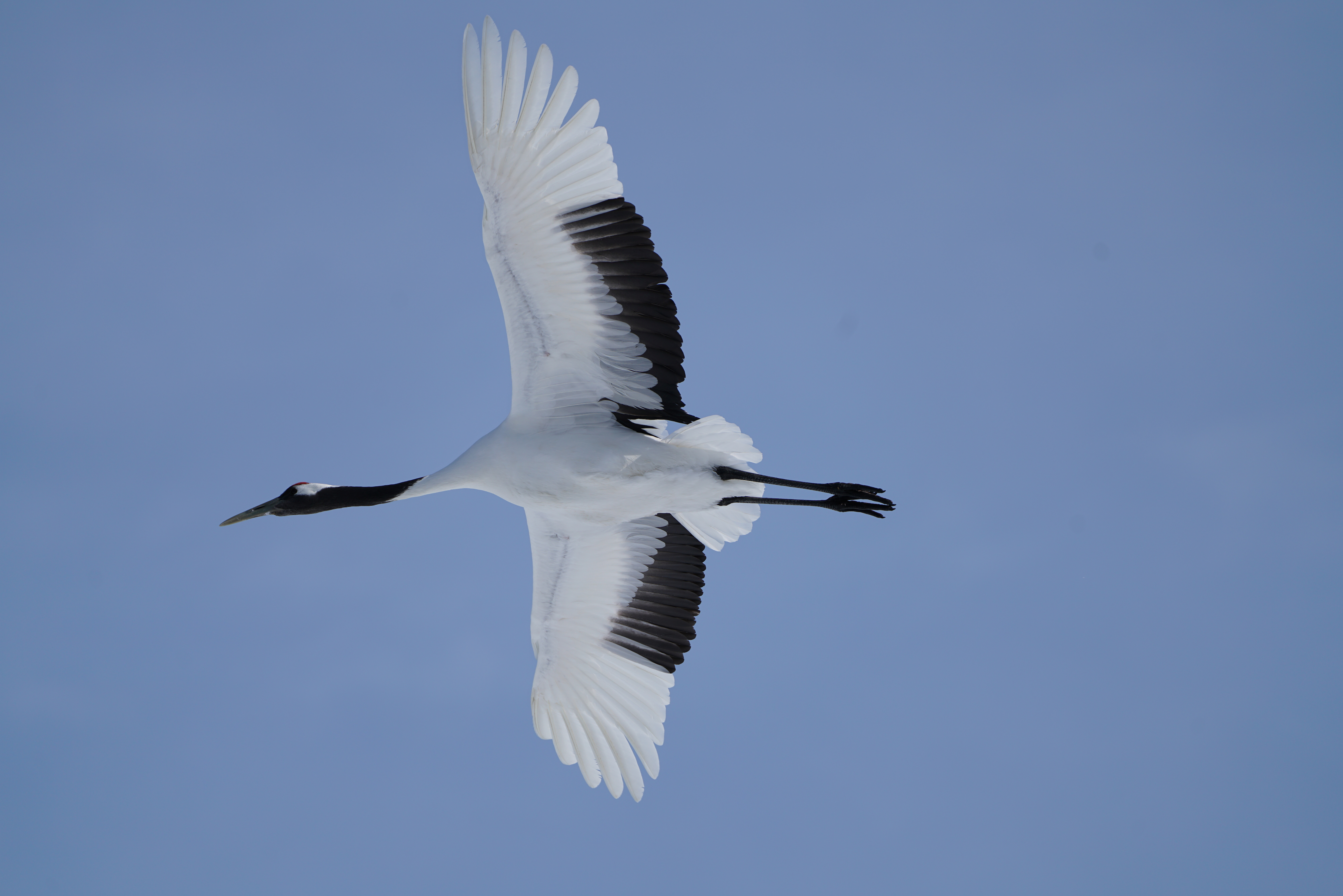
Wetlands and marshes are pretty much a guarantee for sighting some sort of bird or water mammal. So if waterfowl are your target, this is the place to look. Larger mammals like bears and moose prefer wooded areas where they can find cover from the elements and various food sources. Predatory birds such as eagles, hawks, and owls can be in almost any location with some tree coverage and will mostly come down to local knowledge about their hunting zones. If you have a buddy that's already into wildlife photography, they might be able to give you some location tips!
It's not all about the gear, but it helps.
Most genres of photography are more about your craft rather than the equipment you have access to, but since animals do not like humans very much, you need a lens that will help you keep some distance. The Sony 200-600mm f/5.6-6.3 G provides an excellent range for any wildlife, from the smallest of birds to the moose just off the side of the road. In addition, its sharp optics stand up to the scrutiny of high-resolution sensors like that of the Sony A7R IV or the Alpha 1. Both of the mentioned cameras offer animal eye-detect autofocus, which tracks your subject as it moves around to ensure that every shot of your 30 frames per second burst is razor sharp and in focus!
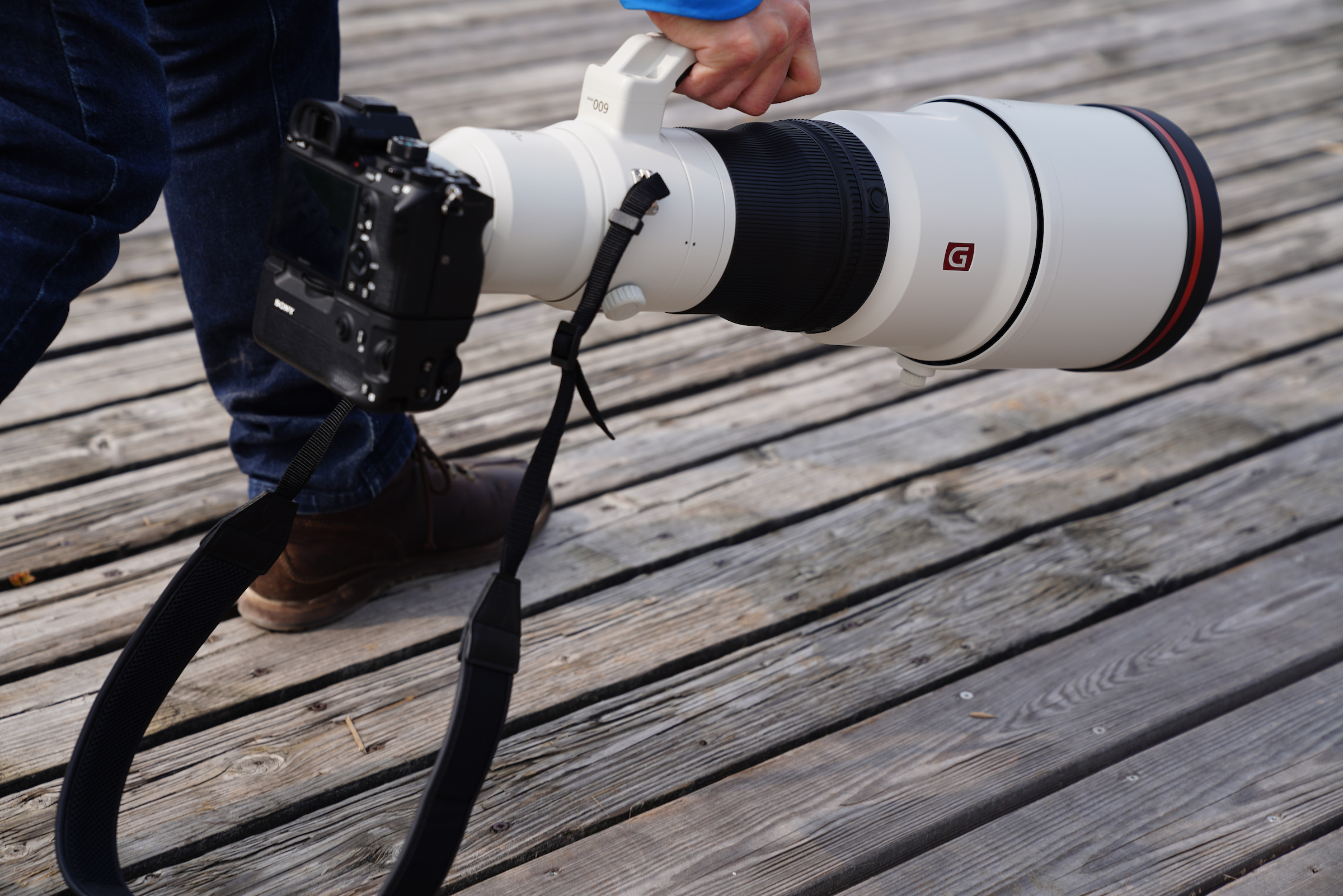 Sony 600mm F4 G
Sony 600mm F4 G
If you want the best of the best lenses, then the Sony 400mm f/2.8 and 600mm f/4 G Master are the pinnacle of telephoto lenses. They give you the benefits of getting in tighter to your subject without sacrificing light transmission to your sensor. Exotic primes are not very common for most people to own, but if you can get your hands on one even to try, you'll understand why they're so coveted!
Stability will provide sharp images
Sometimes carrying heavy lenses & lots of gear can be tiring. If your arms are experiencing fatigue, a monopod will take the weight off. If you're shooting handheld, steady the lens by bracing your elbows on your stomach or on your knees if you're able to sit. Optical Steady Shot (OSS) or image stabilization will absolutely help eliminate some of those little jitters when shooting handheld at 600mm!
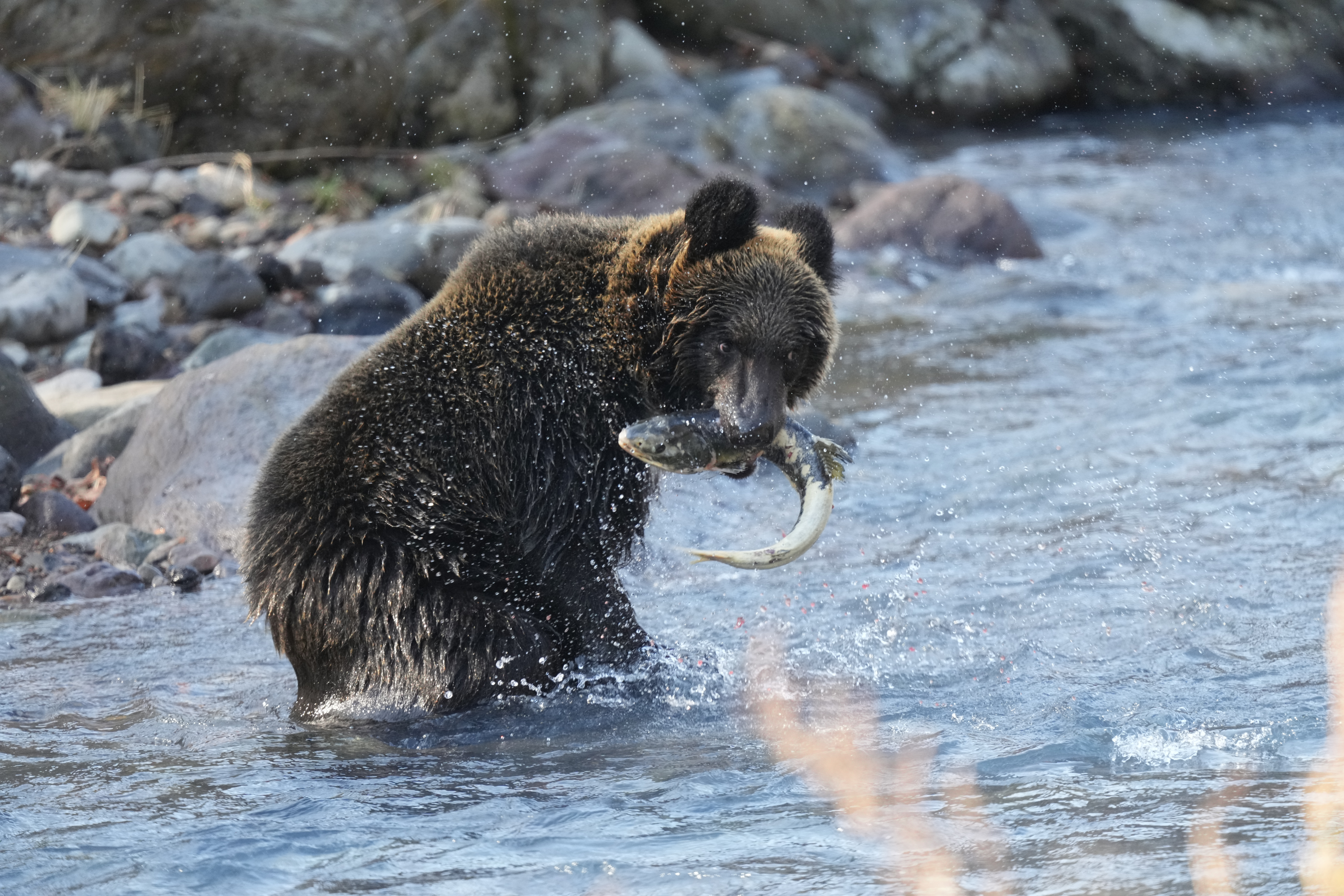 Ursus Americanus (black bear) by Junichi Noguchi
Ursus Americanus (black bear) by Junichi Noguchi
Setup Your Camera Specifically for YOU!
Any camera right out of the box will not be set up for wildlife photography, and it won't be set up according to your preferences. Everyone's mind works differently, and buttons will make more sense with specific settings attached to them. Modern Interchangeable Lens Cameras (ILCs) will allow for a vast amount of options to tailor the camera for how you shoot, and you will perform much better out in the field if you sit down for an hour and set everything.
If you aren't sure how certain features affect the camera's performance, reading articles or watching videos about your camera will clear up confusion and give ideas you may not have thought of! If you have a newer Sony camera, check out Colby Brown's setup tips in the article linked below for a few quick tips on setup for wildlife photography. For example, suppose you are comfortable with the layout of your camera's functions and the way the autofocus system locks on. In that case, you will be able to operate faster and have a higher percentage of keeper photos!
Dress for the elements
The creatures we are looking at through the lens have been evolving and adapting to their environment for millennia and don't need raincoats or gloves, but we sure do! So always make sure you check what the weather is going to be where you are heading out, and if the conditions could change, make sure you're prepared for the worst. This doesn't just pertain to cold or wet conditions, but also hot and sunny days. Sunscreen and hats are essential on blistering days!
If you are out shooting in highly dusty or slightly wet conditions, having weather-sealed gear will ensure that you can keep using your favourite equipment for years to come. Generally, all higher-end and professional gear will have some degree of protection from the elements, such as any Sony G Master lens.
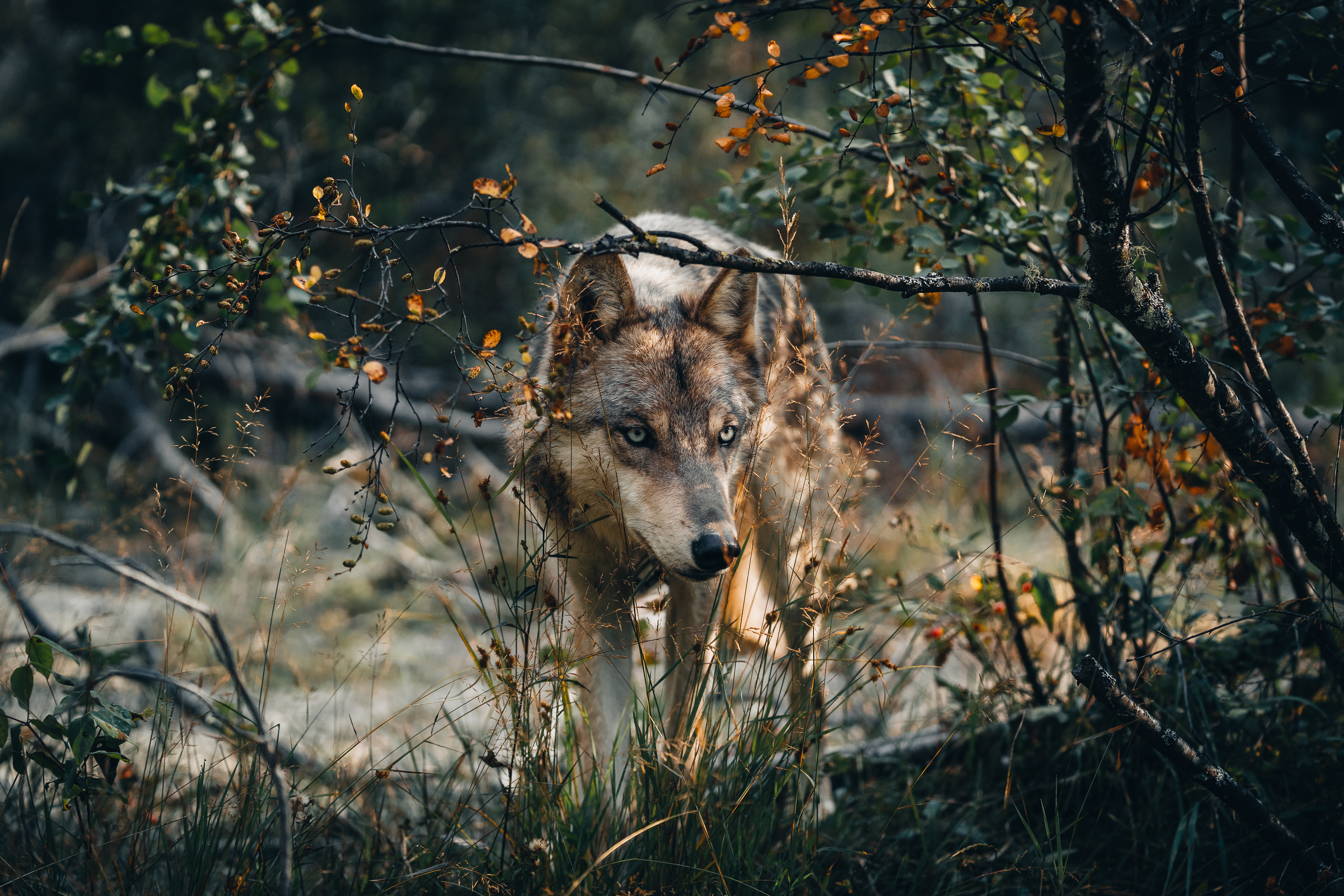 Gray Wolf by Philip Nguyen
Gray Wolf by Philip Nguyen
Familiarize Yourself With Shooting in Low-Light
In landscape photography, it's pretty common knowledge that the best times of day for photos are either early morning or later evening to get beautiful lighting and good contrast, which holds true for wildlife. The colours in the sky and the light coming from the sun are much more pleasing outside mid-day, but the downside is that it is not as bright.
Being familiar with your camera and how high you can push your ISO is vital to consistently get good photos. If you know that conditions will be tricky and your ISO performance isn't very good, it may be worth bringing a tripod to lower your shutter speed, even with a long lens. Keep in mind the animals are still moving, so it can't be too slow, but you can likely drop it lower than if you didn't have the extra stability.
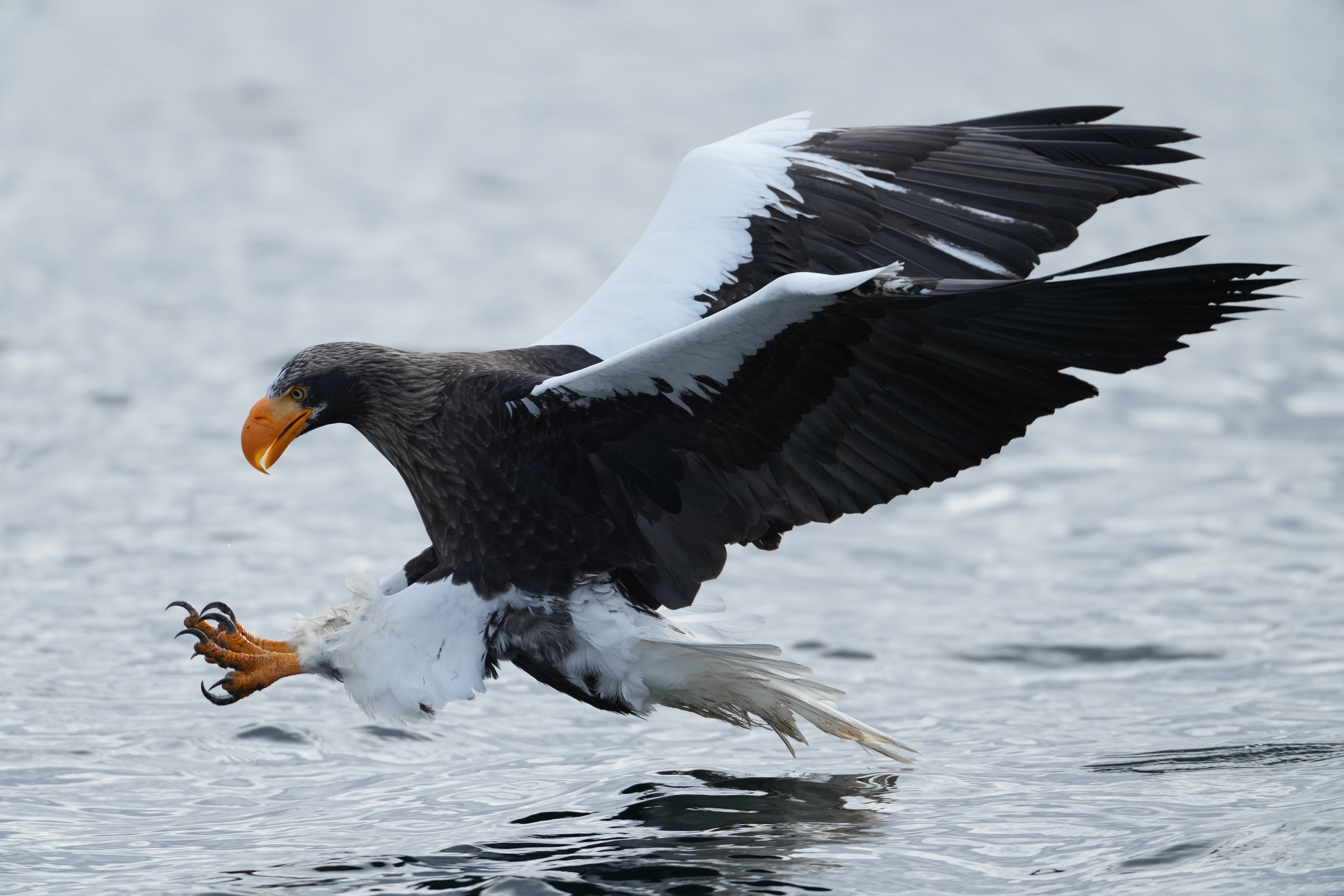 Stellar's Sea Eagle by Junichi Noguchi
Stellar's Sea Eagle by Junichi Noguchi
Wildlife photography is one of the most complex genres of photography, both technically with equipment and physically regarding where the subjects reside. But it is also one of the most rewarding when you finally get that shot you've been dreaming of! The most helpful tip we can offer is to consistently get out there to practice your skills and learn wildlife movement patterns and locations. There will be a definitive improvement in your photos over time!
Check out to links below to a couple of Alpha Universe posts on wildlife photography
https://alphauniverse.com/stories/colby-brown-on-how-to-setup-for-wildlife-photography/
https://alphauniverse.com/stories/five-quick-tips-for-beginner-wildlife-photographers/